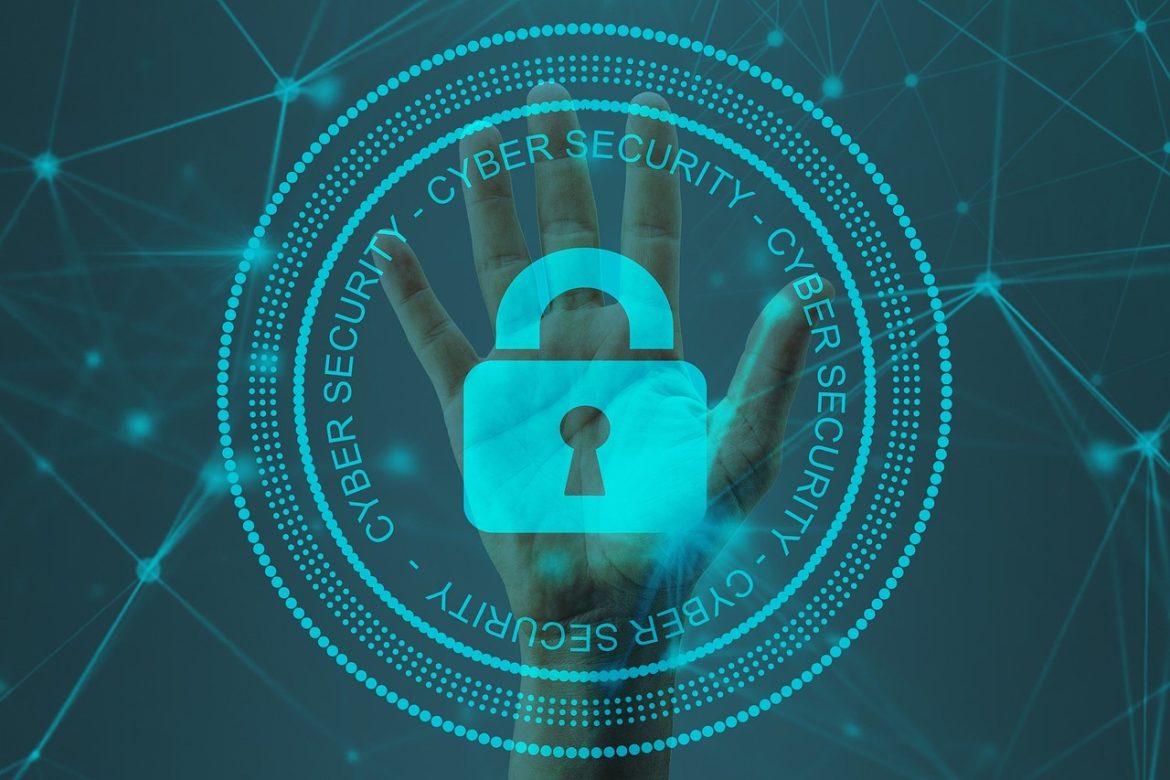Introduction
Cyber security has become a critical concern in our increasingly interconnected digital world. As organizations and individuals rely more on digital technologies, the protection of data, systems, and networks from cyber threats has become paramount. This article explores the importance, challenges, strategies, technologies, and future trends in cyber security.

Importance of Cyber Security
Cyber security encompasses practices, technologies, and measures designed to protect digital assets from unauthorized access, cyber attacks, and data breaches. It is crucial for safeguarding sensitive information, maintaining business continuity, and protecting individuals’ privacy in an age where cyber threats are pervasive and sophisticated.
Key Challenges in Cyber Security
- Cyber Threat Landscape: The evolving nature of cyber threats, including malware, ransomware, phishing attacks, and insider threats, poses ongoing challenges for organizations and individuals alike. Threat actors continuously adapt tactics to exploit vulnerabilities in systems and networks.
- Skills Shortage: There is a global shortage of cyber security professionals with the necessary skills and expertise to combat emerging threats effectively. Closing this skills gap remains a significant challenge for the industry.
- Complexity of IT Environments: Organizations’ IT infrastructures are increasingly complex, spanning cloud environments, IoT devices, mobile platforms, and legacy systems. Securing these diverse environments and ensuring interoperability without compromising security is a complex undertaking.
- Compliance and Regulations: Regulatory requirements such as GDPR, CCPA, HIPAA, and industry-specific standards impose legal and compliance obligations on organizations to protect data privacy and security. Meeting these requirements while maintaining operational efficiency can be challenging.
- Human Factor: Human error, negligence, and lack of awareness contribute significantly to cyber security incidents. Effective cyber security strategies must include comprehensive training and awareness programs for employees at all levels.
Strategies for Effective Cyber Security
- Risk Assessment and Management: Conducting regular risk assessments to identify vulnerabilities, assess potential threats, and prioritize mitigation efforts based on the level of risk exposure.
- Defense-in-Depth Approach: Implementing multiple layers of security controls, such as firewalls, intrusion detection systems (IDS), encryption, multi-factor authentication (MFA), and security monitoring, to create a robust defense against cyber threats.
- Incident Response Planning: Developing and testing incident response plans to ensure swift and effective responses to cyber security incidents, minimizing damage and restoring normal operations promptly.
- Security Awareness and Training: Educating employees and stakeholders about cyber security best practices, recognizing phishing attempts, handling sensitive information securely, and fostering a culture of cyber security awareness within the organization.
- Continuous Monitoring and Improvement: Deploying security monitoring tools and technologies to detect and respond to threats in real-time. Regularly updating security measures, patching vulnerabilities, and adapting strategies based on emerging threats and industry best practices.

Technologies in Cyber Security
- Endpoint Protection: Endpoint security solutions protect devices like computers, smartphones, and tablets from malware, unauthorized access, and other cyber threats.
- Network Security: Network security technologies, including firewalls, intrusion detection systems (IDS), and virtual private networks (VPNs), safeguard networks from unauthorized access and malicious activities.
- Encryption: Encryption technologies encrypt data to make it unreadable to unauthorized users, ensuring data confidentiality and integrity during transmission and storage.
- Security Information and Event Management (SIEM): SIEM solutions aggregate and analyze security data from various sources, providing insights into potential security incidents and enabling proactive threat detection and response.
- Identity and Access Management (IAM): IAM solutions manage and control user access to systems and applications, ensuring only authorized individuals can access sensitive data and resources.
Future Trends in Cyber Security
- Artificial Intelligence (AI) and Machine Learning (ML): AI and ML technologies will play a crucial role in enhancing threat detection, automating incident response, and predicting cyber security trends based on large datasets and behavioral analysis.
- Zero Trust Security Model: The adoption of Zero Trust principles, where organizations verify every user and device attempting to access their network before granting access, regardless of whether they are inside or outside the network perimeter.
- Cloud Security: With the increasing adoption of cloud computing, cloud security solutions and strategies will continue to evolve to protect data and applications hosted in cloud environments from cyber threats.
- IoT Security: As the number of IoT devices grows, IoT security measures, including device authentication, encryption, and secure communication protocols, will be crucial to prevent IoT-based cyber attacks.
- Quantum Cryptography: The development of quantum-resistant cryptography to secure data against potential threats posed by quantum computers, which have the potential to break traditional encryption algorithms.

Conclusion
Cyber security is a critical imperative for organizations and individuals alike in today’s digital landscape. By understanding the importance of cyber security, addressing key challenges, implementing effective strategies and technologies, and embracing future trends, businesses can enhance their resilience against cyber threats and protect valuable digital assets. As cyber threats continue to evolve, a proactive and holistic approach to cyber security is essential to mitigate risks, maintain trust, and safeguard the integrity and confidentiality of data and systems. Through collaboration, innovation, and continuous vigilance, we can navigate the complexities of cyber security and build a more secure digital future.


